The most important difference between soft starters and VFDs is the role they play in motor control. Even though they have a similar principle of operation, they are different. This article will help you understand the difference between soft starters and VFDs.
Why use VFDs and soft starters?
When started by a direct-on-line starter, a motor would drain heavy inrush current (six to ten times its full load current). Frequent inrush current can decrease the life of the motors. Also starting torque cannot be controlled. In order to control the inrush currents VFDs and soft starters are used. VFDs and soft starter
Variable Frequency Drives
Variable frequency drives are semiconductor devices mainly used for motor torque-speed control and protection. It can start and stop a motor smoothly. Speed torque characteristics of a motor can be controlled throughout its operation based on the application by using a VFD. The speed of the motor can be controlled from 0 to its rated speed (sometimes above the rated speed) by varying the frequency of the motor supply.
Principle of operation of VFD
VFDs control the motor by varying the frequency and voltage of the input supply. We all know that the speed of a motor is directly proportional to its supply voltage. In a VFD first, the input supply is converted into DC and then it is again inverted back to AC of desired voltage. The speed of the motor is varied from zero to full speed by smoothly varying the supply frequency from 0Hz to the rated motor frequency. VFDs can offer smooth start, smooth stop, and complete control over motor speed and torque.
Benefits of Variable Frequency Drives
- Power savings is the principal advantage of any VFD.
- Complete control over motor speed can be achieved using VFDs.
- VFDs can be programmed to vary the speed of the motor it controls, based on factors such as flow, pressure, etc.
- Third quadrant operation is possible by using a VFD.
- Dynamic torque control and perfect speed control.
- Best suited for elevators, escalators, crushers, mixers, etc where speed needs to be maintained in spite of load variations.
- Advanced overload protection.
Soft starters
Soft starters are also semiconductor devices used to start or stop a motor. As the name indicates it offers a smooth start and smooth stop. Usually, soft starters are bypassed by a contactor-overload circuit as the motor gradually reaches its full speed and gets back into action when the motor stops. Soft start and stop are achieved by temporarily lowering the motor terminal voltage.
Principle of operation of soft starters
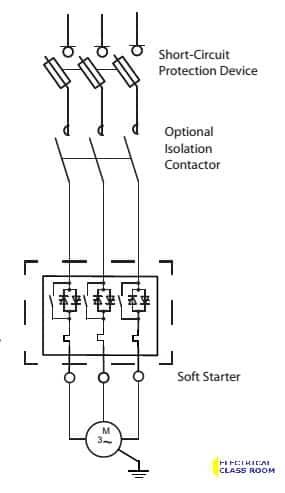
A soft starter consists of three pairs of back-to-back connected semiconductor devices such as thyristors for regulating the terminal voltage. These thyristors are switched alternatively to reduce the terminal voltage and inrush current. The terminal voltage of the motors can be controlled by varying the firing angles of the thyristors.
Benefits of soft starters
- Effectively reduces inrush current during motor start.
- No harmonics are generated.
- Low cost compared to Variable Frequency Drives.
- Best suited for conveyors, pumps, and other belt-driven applications.
- Difference between Soft starters and Variable frequency Drives
Difference between soft starters and VFDs
| Soft starter | Variable Frequency Drives |
|---|---|
| Soft starters are used to start and stop a motor smoothly. | Variable Frequency Drives are used to start, stop and control a motor throughout its operation |
| Most of the time soft starters are bypassed as soon as the motor reaches its full speed. | Variable frequency drives to control a motor throughout its operation |
| No harmonics | Harmonics are injected into the mains. Hence additional filters should be used. |
Selection – Where to use soft starters and where to use Variable Frequency Drive?
Soft starters:
- In applications where speed control is not essential.
- In low and medium torque applications.
- Reduce wear and tear during start and stop.
- In applications where the initial cost is low.
Variable Frequency Drives:
- VFDs are used in applications where complete control over speed is essential.
- In high torque applications.
- Where the initial cost and size are not a problem.
Summary – VFD vs Soft starter
The basic difference between soft starters and VFDs is that the VFD is used to achieve control over the motor speed whereas the soft starter is used for reducing the inrush current. Variable frequency drives and soft starters are energy-efficient devices. The selection of one over the other depends on the application, control, cost, and space factors. ABB, Siemens, Yaskawa, Schneider, Delta, Danfoss & Allen Bradley are a few reputed VFD and Softstarter manufacturers.
Learn more about variable frequency drives: https://www.danfoss.com/en-in/about-danfoss/our-businesses/drives/what-is-a-variable-frequency-drive/
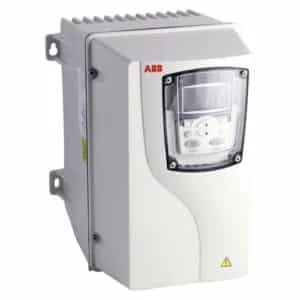
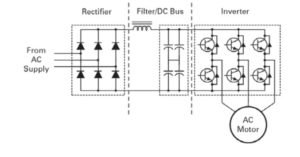
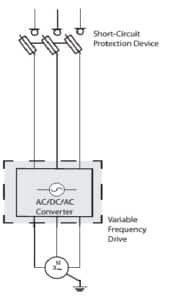
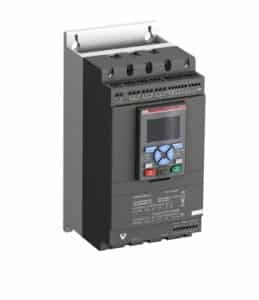
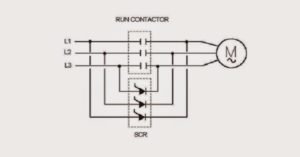
Dear Sir
Please send us a quotation for following two items with freight charges
Variable Frequency Drive for Motor Controlling 01No
75Kw induction motor support
415v 50Hz Highly Efficient
Soft Starter 01No
75Kw induction motor support
415v 50Hz Highly Efficient
Both items should be comes with
1) Technical support for the installation
2) Catalog should send with the quotation
3)Warranty at least 2 years
Regards
Gregory Francis
S&S Associates
245/1 Shanthi Road
Hendala
Wattala 11300
Sri Lanka
Tel +94716497413
Dear Mr.George,
kindly send your RFQ to [email protected]
very nice… i really like your blog…
This is a great article, but I’d like to know which VFD is the best price at this stage